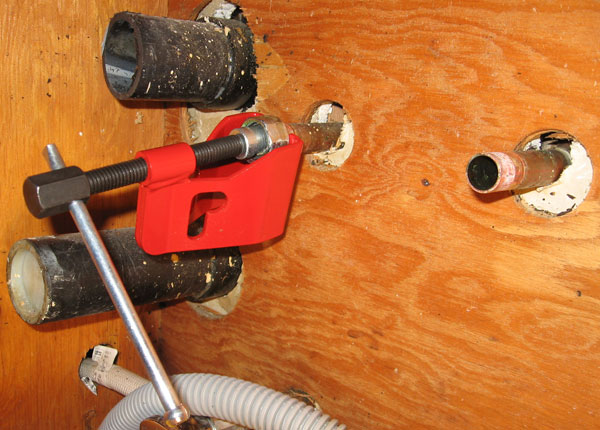Baumgrenze
Member
I recently had three new hose bib lines installed during a remodel. The plumber elected to use compression fittings to attach the hose bibs to 1/2" rigid copper lines. The male thread on the hose bib is 0.864†o.d. (caliper over the threads) and 20 tpi.
I want to install a tee so that I can attach a drip irrigation valve, vacuum breaker, and filter on one of the hose bib lines. I purchased a compression adapter to allow fitting 1/2" NPT to rigid copper. I find that it measures 0.809†and 18 tpi.
Will someone please explain the reason for this discrepancy? I'd like to avoid having to strip off the existing nut and ferrule if I can.
I've not been able to find a compression to 1/2" NPT that meets the 0.864†o.d. and 20 tpi specs of the hose bib compression nut. Perhaps I don't understand the proper search terms.
Thanks,
baumgrenze
I want to install a tee so that I can attach a drip irrigation valve, vacuum breaker, and filter on one of the hose bib lines. I purchased a compression adapter to allow fitting 1/2" NPT to rigid copper. I find that it measures 0.809†and 18 tpi.
Will someone please explain the reason for this discrepancy? I'd like to avoid having to strip off the existing nut and ferrule if I can.
I've not been able to find a compression to 1/2" NPT that meets the 0.864†o.d. and 20 tpi specs of the hose bib compression nut. Perhaps I don't understand the proper search terms.
Thanks,
baumgrenze


